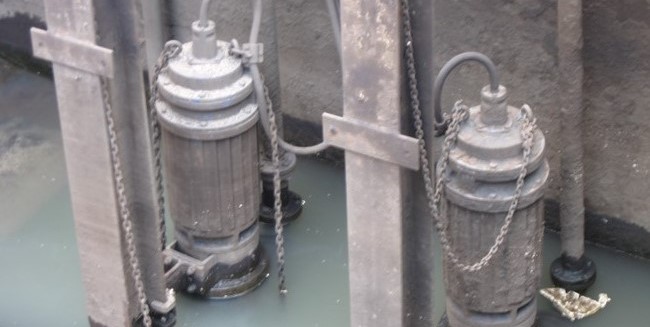By Blake Kolquist on May 6, 2020 1:50:28 PM
There are many reliability benefits when the primary pump in a parallel system is alternated. If a pump is installed but not used, several things began to happen that can reduce its service life, or even cause an immediate failure upon startup. The topics below list some of the advantages of alternating pump operation.
- False Brinelling of Bearings: The idled pump is still subjected to vibration even when not running. This vibration is transmitted into the pump, through the bearings, and to the rotor shaft. If the shaft does not spin for an extended amount of time, the lubrication layer between the rolling elements of the bearing and races of the bearing begins to deteriorate. This leads to metal-on-metal contact within the bearing. Fretting will eventually occur on the races at the point loads where the rolling elements are contacting them. This phenomenon is known as false brinelling, and it will lead to premature bearing failure.
- Mechanical Seal Face Sticking: The faces of a mechanical seal have a tendency to stick together if the rotor shaft is not routinely spun over. If the seal faces stick at startup, there is a high likelihood that either the seal faces will crack, or the rotating element of the seal will remain stationary on the shaft causing major damage to both the seal and shaft. A damaged or broken seal face will allow product into the bearings and motor, potentially causing a catastrophic failure.
- Liquid End Wear: Pump wear components (impellers, impeller rings, casings, wear plates, etc.) will evenly wear if run times are balanced. Even liquid end wear means even pump hydraulic performance. This is critical if both pumps are ever to be operated at the same time. If two pumps in a parallel system are not hydraulically balanced due to uneven liquid end wear, the pumps will not be able to generate an equal flow rate given a certain pressure as they were originally designed to. This shifts each pump on its respective performance curve, potentially to a condition point outside of the preferred operating range.
- Availability of Condition Monitoring: An argument against alternating pump usage is that both pumps will fail at the same time due to them having the same amount of operating time. This creates the situation where both the backup and primary pumps are down, and no spare is available. Although the likelihood of both pumps failing with the same amount run time is unlikely, the availability of condition monitoring allows for potential pump problems to be detected long before catastrophic failures occur. If a pump were to show signs of impending failure, the second pump could be switched to the primary pump. The pump exhibiting signs of failure could be used only if necessary. This gives the flexibility to schedule and plan repairs versus having to repair two pumps in an emergency situation.
The exact ratio of pump run times depends on the application. Some applications may benefit from a 50/50 alternation period, while others may benefit from an 80/20 or 90/10 alternation period. The main idea is that a single pump should not sit for long periods of time without operation. If it does, the pump may not function properly when it is needed most.


